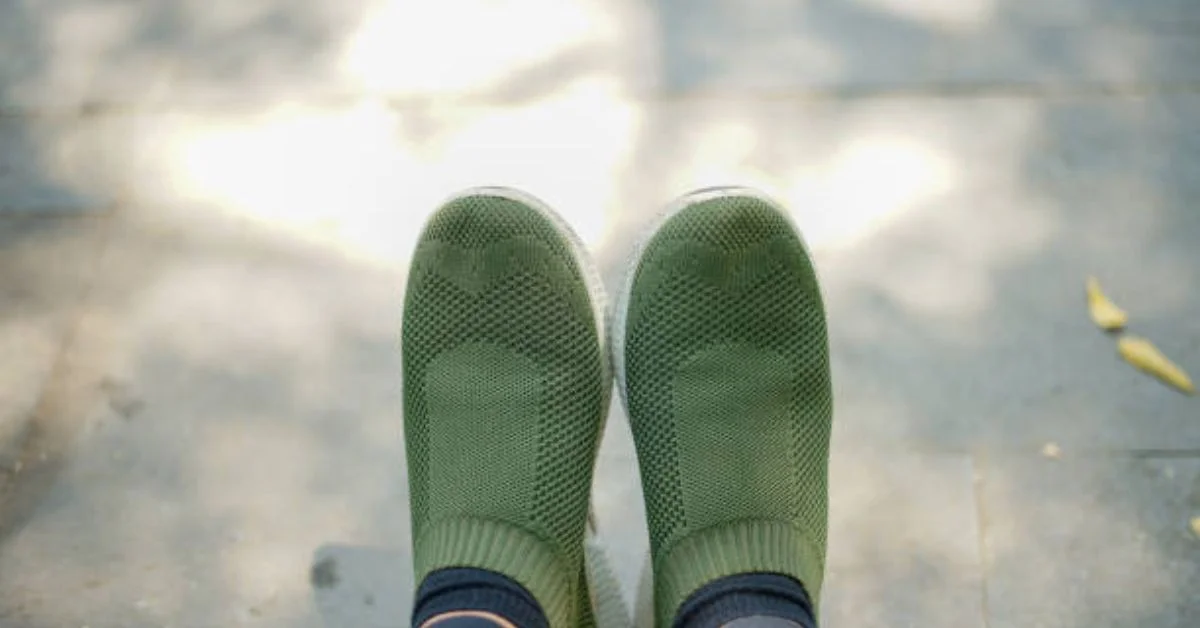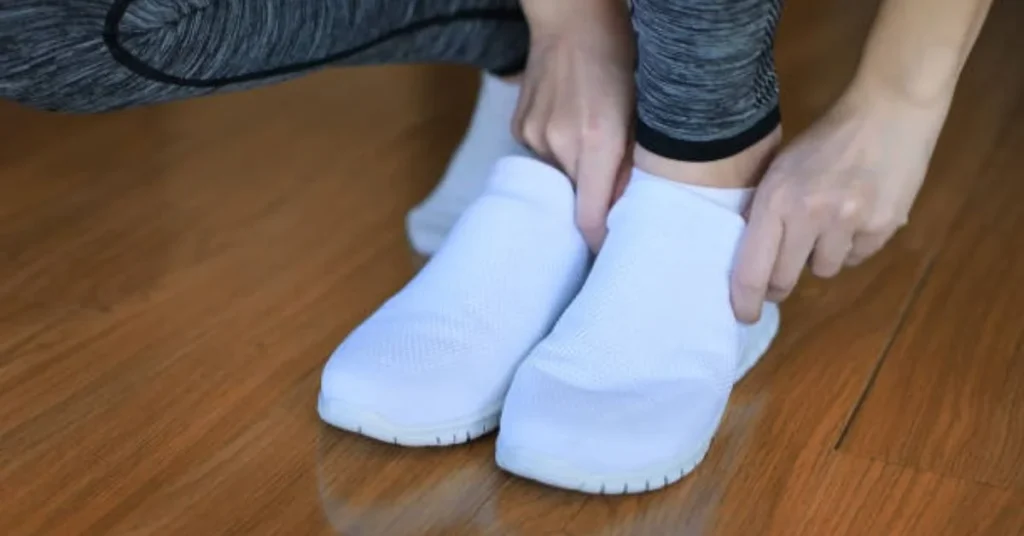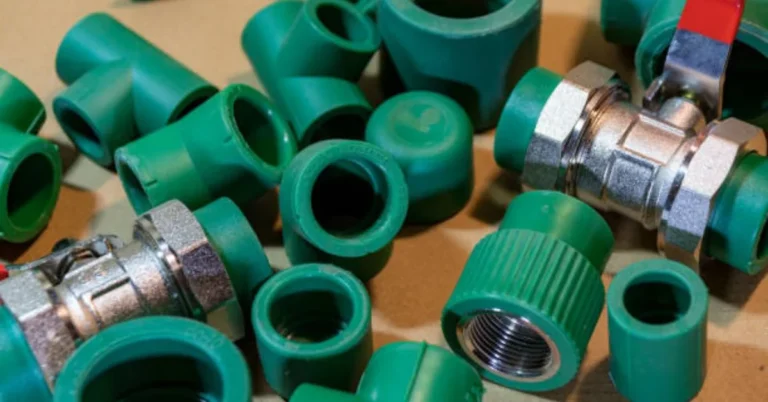
The evolution of footwear has always been a story of balancing comfort, protection, and style. Over the centuries, we’ve moved from animal hides wrapped around the feet to meticulously engineered sneakers with advanced cushioning systems. In recent years, however, a unique type of footwear has emerged, gaining popularity among athletes, travelers, fashion lovers, and everyday comfort-seekers alike — sock shoes.
Sock shoes combine the form-fitting softness of a sock with the structural durability of a shoe, creating a hybrid that offers both flexibility and support. They are designed to feel as if you are wearing nothing at all, yet still protect your feet from rough surfaces, weather elements, and impact. This design has found its way into gyms, marathons, casual streetwear, and even high-end fashion collections.
In this in-depth guide, we will explore what sock shoes are, how they are made, the different styles available, their benefits, care tips, and why they are becoming a staple for people seeking footwear that moves naturally with the body.
What Exactly Are Sock Shoes?
At their core, sock shoes are exactly what the name suggests — shoes that fit and feel like socks but function as protective footwear. The upper part is made from a highly elastic, breathable, and seamless material, often similar to knitted athletic socks, that wraps snugly around the foot. This creates a second-skin sensation, minimizing friction and pressure points.
Beneath this soft upper, a flexible but durable sole provides grip, cushioning, and support. This sole is typically made from lightweight rubber, EVA foam, or thermoplastic polyurethane (TPU), which allows natural foot movement without compromising stability. The combination of these two elements — a sock-like upper and a shoe-ready sole — is what makes this design unique.
The Origins of Sock Shoes
While sock-style footwear might seem like a recent fashion trend, its origins are rooted in both athletic and traditional contexts. In some Asian cultures, shoes similar to modern sock- shoes have been used for martial arts training, allowing practitioners to feel the ground while still protecting the feet. In the world of athletics, minimalist running movements inspired designers to create footwear that mimics barefoot motion while providing essential protection.
Brands began experimenting with seamless knitted uppers in the early 2010s, partly as a response to the demand for lighter, more breathable athletic shoes. Over time, this evolved into the fully integrated sock shoe, which has since crossed over from sports performance into lifestyle and street fashion.
Key Design Features of Sock Shoes
Sock shoes are not simply sneakers with softer uppers; they incorporate a series of thoughtful design features that enhance comfort and performance:
- Seamless Construction – The upper is usually made in a single piece, reducing chafing and irritation from seams.
- Elastic Fit – A stretchable knit or woven fabric conforms to the unique shape of each foot, providing a secure yet non-restrictive feel.
- Lightweight Sole – The sole is slim and flexible, reducing weight while still offering cushioning and grip.
- Breathability – Knitted fabrics allow air to circulate freely, keeping feet cooler during activity.
- Slip-On Design – Most sock shoes do not have traditional laces; instead, they rely on their elastic nature for a snug fit, making them easy to put on and take off.
Different Types of Sock Shoes
Although all sock shoes share the same basic concept, their design can vary significantly depending on their intended purpose:
1. Athletic Sock Shoes
These are optimized for sports and workouts, often featuring reinforced soles, extra arch support, and moisture-wicking materials. They are popular among runners, gym-goers, and cross-training enthusiasts.
2. Lifestyle and Streetwear Sock Shoes
These are designed with aesthetics in mind. They feature trendy colors, bold patterns, and designer collaborations. Many fashion houses have embraced sock shoes for their sleek silhouette, pairing them with casual and even semi-formal outfits.
3. Water Sock Shoes
Constructed from quick-drying materials with slip-resistant soles, these are perfect for activities like kayaking, paddleboarding, or walking along rocky beaches.
4. Minimalist or Barefoot Sock Shoes
These offer extremely thin soles for maximum ground feel, catering to barefoot runners and those practicing natural foot movement.
5. Children’s Sock Shoes
With soft soles and flexible uppers, these are perfect for toddlers learning to walk, offering protection without restricting natural development.

Benefits of Wearing Sock Shoes
The rise in popularity of sock shoes is no accident. They offer a range of benefits that appeal to different lifestyles and needs:
1. Superior Comfort
The flexible knit fabric molds to the foot, reducing pressure points and preventing blisters. It feels more like wearing a cozy pair of socks than traditional shoes.
2. Lightweight and Portable
Most sock shoes weigh significantly less than conventional sneakers, making them easy to pack for travel or carry as a backup pair.
3. Breathability
The porous knit material allows airflow, preventing excessive sweating and keeping feet cooler during long periods of wear.
4. Versatile Style
Sock shoes transition seamlessly between casual outings, light workouts, and even some office settings.
5. Easy Maintenance
Many designs are machine washable, making it simple to keep them fresh and clean.
Sock Shoes for Athletes
For athletes, sock shoes offer a competitive edge in sports where agility and quick foot movements are essential. The minimalistic sole promotes natural biomechanics, allowing the foot to flex and grip the ground more effectively. Additionally, the reduced weight of the shoe can enhance speed and endurance.
Sports like parkour, dance, indoor training, and even tennis have seen players experimenting with sock shoes as an alternative to bulkier footwear.
Sock Shoes in Fashion Culture
Fashion designers have embraced the sleek silhouette of sock shoes, incorporating them into luxury collections and runway shows. Their minimalist shape pairs well with tailored trousers, skirts, and streetwear ensembles. In many ways, sock shoes have become a style statement — a way to blend modern athletic aesthetics with everyday outfits.
Choosing the Right Pair of Sock Shoes
When selecting sock shoes, several factors should be considered:
- Purpose – Will you use them for workouts, casual wear, or outdoor adventures?
- Fit – Look for a snug yet comfortable fit that hugs the foot without cutting off circulation.
- Sole Type – Thicker soles offer more cushioning, while thinner soles provide better ground feel.
- Material – Breathable, quick-dry fabrics are ideal for sports, while softer knits work well for everyday wear.
Caring for Sock Shoes
To prolong their lifespan:
- Wash according to manufacturer instructions — many can be machine washed on gentle cycles.
- Avoid high heat when drying; air-dry to prevent fabric shrinkage or sole warping.
- Store in a cool, dry place to prevent moisture buildup and odor.
- Rotate usage to avoid wearing the same pair daily, allowing them to regain shape.
Potential Drawbacks to Consider
While sock- shoes offer many benefits, they may not be ideal for everyone:
- They typically offer less ankle support compared to traditional sneakers.
- In rugged outdoor conditions, thin soles may not provide enough protection.
- Without laces, fit adjustments are limited — if they stretch over time, they may feel loose.
The Future of Sock Shoes
With ongoing innovations in textile engineering and sole technology, sock-shoes are likely to become even more comfortable, durable, and specialized. Expect to see more hybrid designs that merge the sleek, minimalistic style of sock- shoes with enhanced support and protection for varied activities.
Conclusion
Sock shoes bridge the gap between barefoot comfort and practical footwear protection. They are lightweight, flexible, stylish, and increasingly accepted in both sports and lifestyle contexts. Whether you’re an athlete looking for agility, a traveler seeking lightweight packing options, or someone who values everyday comfort, sock- shoes are worth considering as part of your footwear collection.
FAQs
1. Are sock- shoes good for running?
Yes, but they are best for short-distance runs or minimalist running styles, not high-impact marathon training.
2. Can I wash sock- shoes in the washing machine?
Many are machine washable on gentle cycles, but always check the care label to avoid damage.
3. Do sock- shoes provide arch support?
Some models offer built-in arch support, but many are designed for natural foot movement, so support may be minimal.
4. Are sock- shoes durable?
High-quality models can last a long time if cared for properly, but thin soles may wear faster with heavy use.
5. Can sock- shoes be worn without socks?
Yes, most are designed to be worn barefoot, offering a seamless and comfortable fit without additional socks.
For more information, click here.







